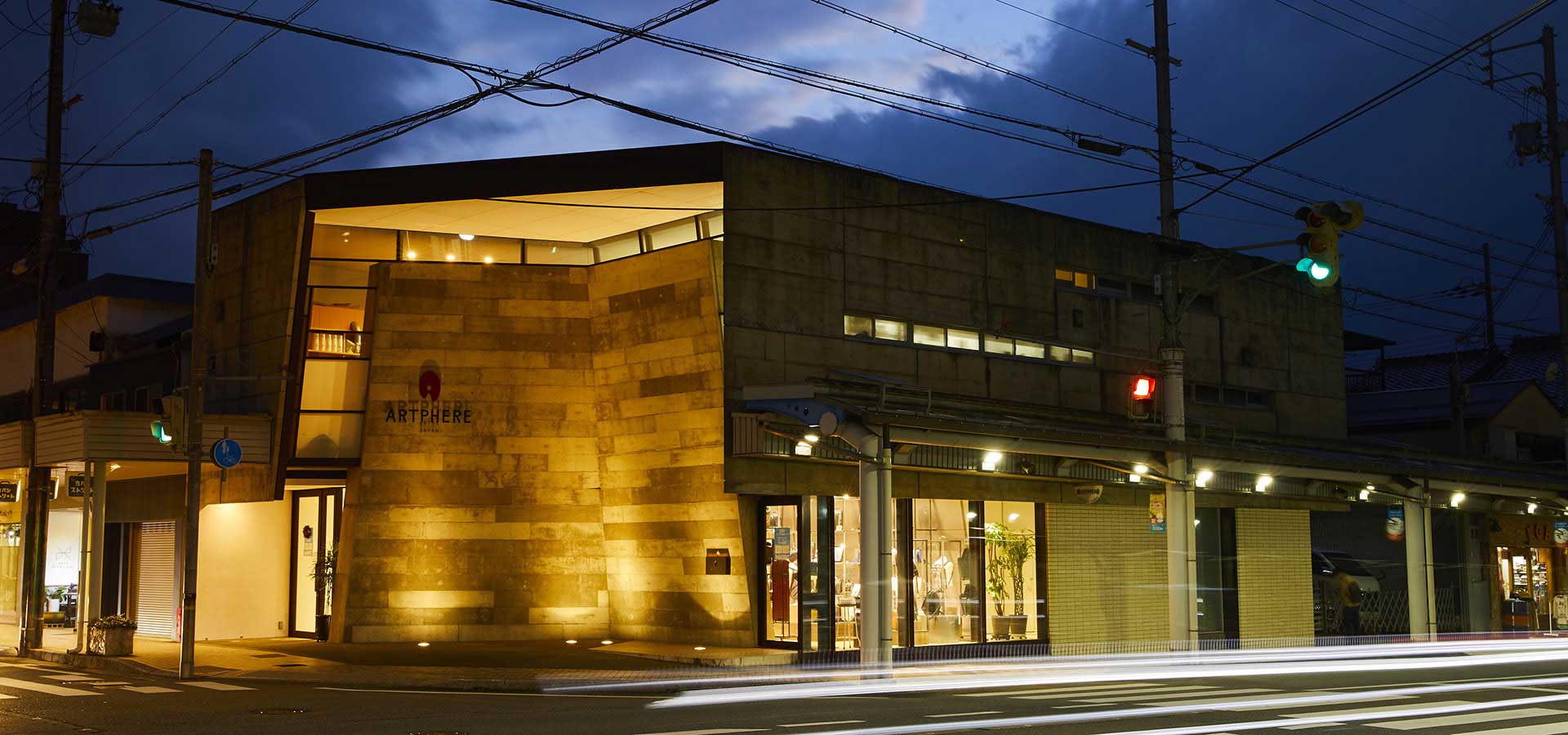
“Toyooka bag” is a trademarked brand name for approved bags made in the Toyooka region of Hyogo.
Only bags manufactured by Toyooka manufacturers that meet the high standards set by the Hyogo Prefecture Bag Industry Association are certified as “Toyooka bags”.
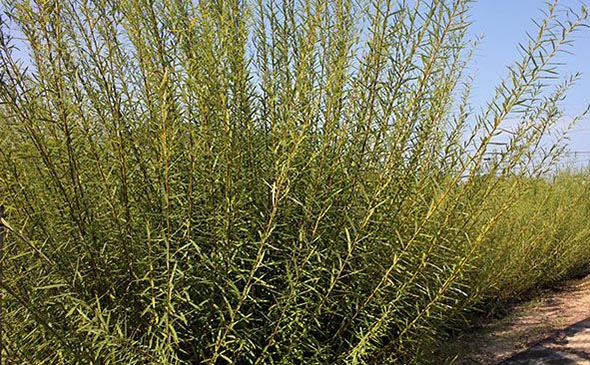
The roots of Toyooka bags are said to lie in the Yanagi-gori baskets that were made from willow trees and date back to the Nara period (710-794).
The fertile land created by the flooding of the Maruyama River, which flows through the center of Toyooka, has been home to “Salix koriyanagi” (a member of the willow family) since ancient times. People began to make baskets out of the soft and supple bark of their willow branches.
The “Yanaibako (Sacred Box made of the willow)” made in Tajima is dedicated to the Shosoin Repository of Todaiji Temple.
This is the origin of Toyooka’s bags.
As time went by, the bag industry developed by making use of the techniques that came from locally developed Toyooka’s Kiryu Craft (willow bark ware).
It is severely cold in Toyooka in winters due to the snowfall, and making Yanagi-gori baskets indoors was a great support for people to live.
In the Edo period (1603-1868), the Kyogoku domain protected and encouraged the Yanagi-gori basket industry.
This basket with a lid was breathable, light, and strong. Also, it was very practical for both transport and storage containers, and was highly effective in preventing insects.
Toyooka’s Yanagi-gori baskets became famous throughout Japan as it established its own manufacturing methods and sales channels.
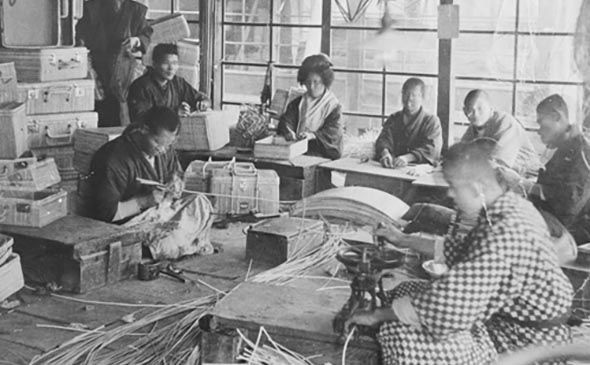
It is severely cold in Toyooka in winters due to the snowfall, and making Yanagi-gori baskets indoors was a great support for people to live.
In the Edo period (1603-1868), the Kyogoku domain protected and encouraged the Yanagi-gori basket industry.
This basket with a lid was breathable, light, and strong. Also, it was very practical for both transport and storage containers, and was highly effective in preventing insects.
Toyooka’s Yanagi-gori baskets became famous throughout Japan as it established its own manufacturing methods and sales channels.

In the Meiji era (1868-1912), transportation developed and there was a boom in travel.
This led to the creation of Yanagi-gori baskets in the form of travel trunks with three leather bands and a handle. This is where the history of Toyooka bags began.
All sorts of Yanagi-gori basket trunks were sold, including western-style basket and lacquered trunks, which had the stylish design that continues to this day.
There was a great demand for trunks, and their makers tried to produce them with new materials as time went on.
Trunks made of fiber were used as bags for the athletes at the Berlin Olympics in 1936, and bags made in Toyooka became representative of Japan.
Afterwards, Toyooka-made travel bags, such as the vinyl leather Smart Cases that became highly fashionable, the light and strong vinyl Open Cases, and the Elegant Cases with zipper-adjustable thicknesses and so on, became popular not only in Japan, but also in Europe and the United States.
Toyooka has become one of Japan’s leading bag production areas, and has made a place for itself in history by developing new materials, and creating designs for the new era while respecting traditions.

Afterwards, Toyooka-made travel bags, such as the vinyl leather Smart Cases that became highly fashionable, the light and strong vinyl Open Cases, and the Elegant Cases with zipper-adjustable thicknesses and so on, became popular not only in Japan, but also in Europe and the United States.
Toyooka has become one of Japan’s leading bag production areas, and has made a place for itself in history by developing new materials, and creating designs for the new era while respecting traditions.
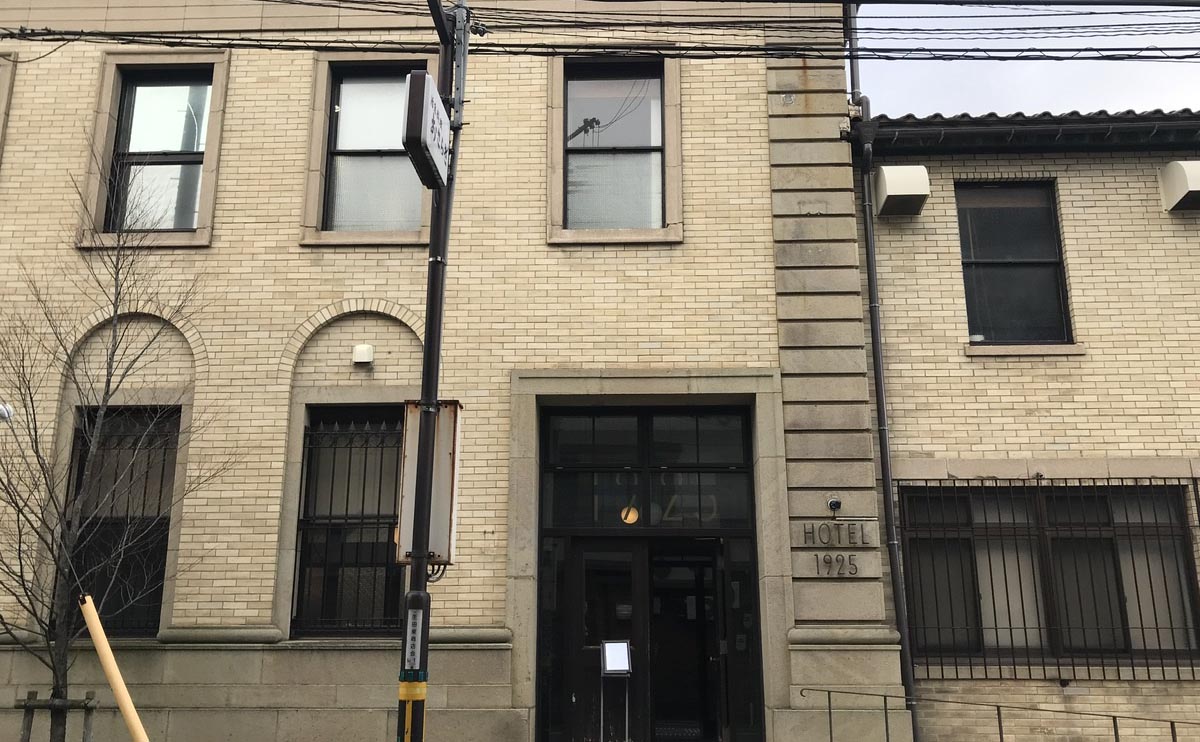
The year 1925 was the year of the “Great Kitatajima Earthquake” that devastated Toyooka.
The Hyogo Nokou Bank’s Toyooka Branch was built in 1934 as a symbol of the recovery from the earthquake. This building was designed by Setsu Watanabe, and it has a stately design that incorporates elements of Western-style architecture, which can be seen in the design of arches for the windows at the first floor, reliefs, and so forth.
After being used as a Toyooka City Hall annex, it is now used as a restaurant and hotel named “Auberge Toyooka 1925”.
昭和初期に豊岡貯蓄銀行本店として建てられた建物です。
銀行店舗を経て労働基準監督所として使われていましたが、現在は豊岡画廊と高石医院として使われています。
木造2階建、漆喰壁と和瓦の和風建築に洋風建築を組み込んだ折衷様式。
隣接する日本家屋と調和させながら、縦長窓や入口横の付柱、軒下の意匠等で銀行らしい重厚感を持たせています
切石を廻らせた腰周り。入口両側の付柱はギリシア風の意匠。
扉の横枠にも飾りが刻まれています。
I am text block. Click edit button to change this text. Lorem ipsum dolor sit amet, consectetur adipiscing elit. Ut elit tellus, luctus nec ullamcorper mattis, pulvinar dapibus leo.
I am text block. Click edit button to change this text. Lorem ipsum dolor sit amet, consectetur adipiscing elit. Ut elit tellus, luctus nec ullamcorper mattis, pulvinar dapibus leo.
I am text block. Click edit button to change this text. Lorem ipsum dolor sit amet, consectetur adipiscing elit. Ut elit tellus, luctus nec ullamcorper mattis, pulvinar dapibus leo.
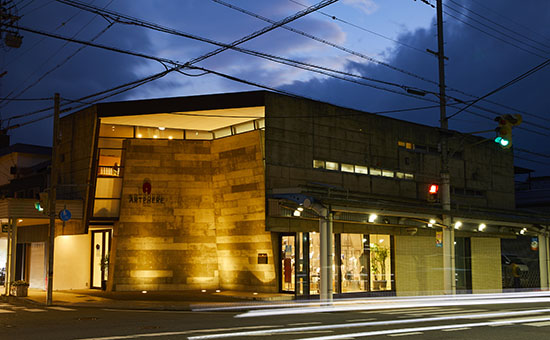
ARTPHERE is a brand launched in Toyooka City of Hyogo in Japan which is the so called City of Bags in 2006, with the concept of “bringing functionality to life”.
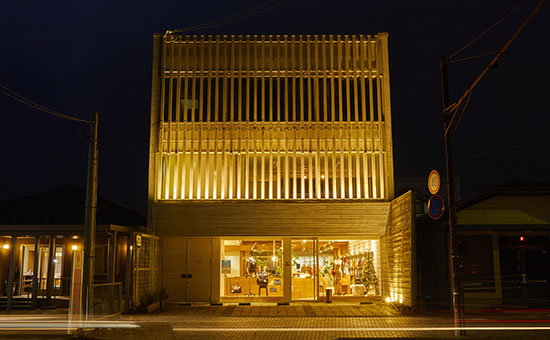
Atelier nuu is a brand that started out as an exclusive shop in 2009 and it targets women with the concept of “breathing universal beauty into materials.

Climbing stone steps, entering the red Torii gate, and looking down over the castle town from Inari Jinja (Shrine), you can enjoy a cityscape that is unique to the castle town, and which conjures up images of the Edo period. Sumi Yagura (corner tower) was restored in 1968 at the site of Honmaru (main part of the castle) followed by construction of Tojo Gate and Tojo Bridge.
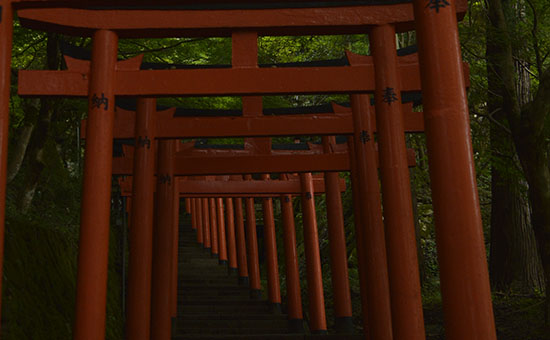
Arikoyama Inari Shrine enshrines Hidehisa Gonbei, the lord of the Izushi domain, who is said to have caught the great thief “Ishikawa Goemon”.The stone steps and 37 torii gates that lead to the shrine are beautiful. Izushijo did not have a castle tower, so this shrine with a good view was used instead of the castle tower.
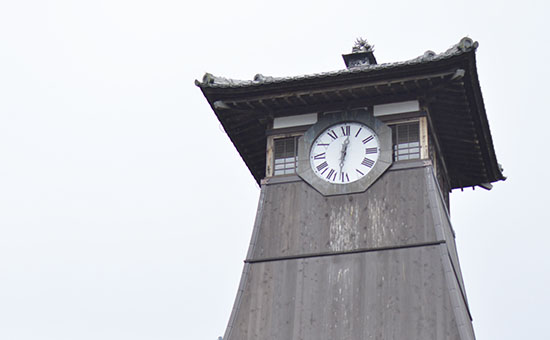
Shinkoro was built in 1871 at Yaguradai beside the Otemon Gate of the former Sannomaru. Since Dr. Ikeguchi donated a large clock in 1881, Shinkoro has been known familiarly as the clock tower. The third clock now keeps time.
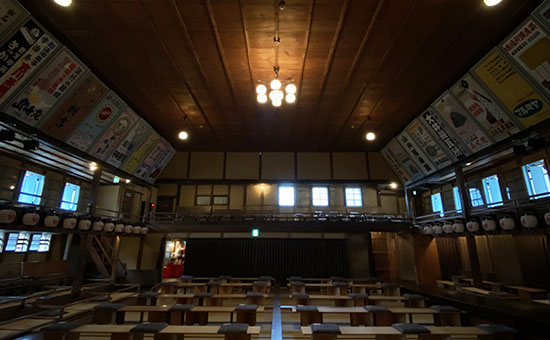
Izushi Eirakukan opened in 1901 and is the oldest make-shift playhouse in the Kinki region. It was renovated in 2008 after 44 years. Backstage areas such as Mawari Butai (revolving stages) and Naraku (under the stage) are open to public when no performance including Kabuki is underway.
I am text block. Click edit button to change this text. Lorem ipsum dolor sit amet, consectetur adipiscing elit. Ut elit tellus, luctus nec ullamcorper mattis, pulvinar dapibus leo.
I am text block. Click edit button to change this text. Lorem ipsum dolor sit amet, consectetur adipiscing elit. Ut elit tellus, luctus nec ullamcorper mattis, pulvinar dapibus leo.
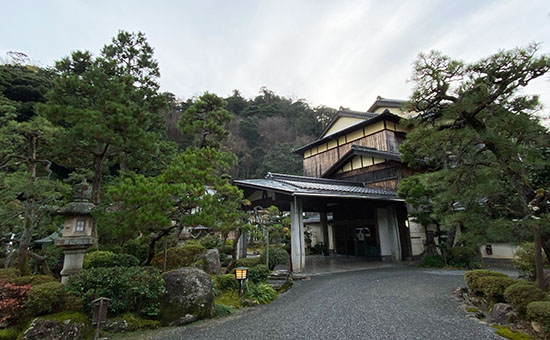
Founded in the first year of Genroku, this inn consists of five pavilions, a bathhouse, and a garden on the premises. It is located in the middle of Kinosaki Onsen town and features a solid gate.There is a garden on the site of 2,000 tsubo, and you can see the Japanese garden from all the guest rooms and baths, and you can enjoy seasonal dishes.
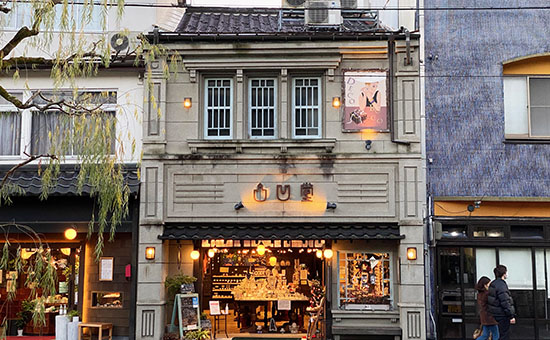
A store of natural stone accessories. In Kinosaki Onsen, which is lined with Japanese-style wooden inns and shops, it has an eye-catching Western-style architecture and a unique retro-style appearance.